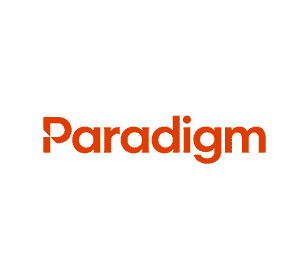One of the way many businesses in Canada can avoid tremendous jumps in costs is by making sure workplace safety standards are in place. Workplaces that focus on developing successful occupational health and safety, and return-to-work programs will continue to improve their rates for workplace injury insurance, the Nova Scotia Workers Compensation Board announced recently.
“A vibrant safety culture is growing in our province. Investing in safety can have significant impact on an employer’s rate over time.” remarked Stuart MacLean, CEO, Workers Compensation Board. WCB assessment rates remain relatively stable for 2014. For the 10th consecutive year, the average rate is holding steady at $2.65 per $100 of assessable payroll.
“As a result of efforts by workers, employers and safety partners, we’re seeing fewer claims and fewer workers requiring long-term benefits, and many employers are seeing improvements in their individual rates,” MacLean noted. “It’s all part of the journey toward the goal of being the safest place to work in Canada.”
Nearly 57 Percent of Employers to See Rate Drop
Of the 18,800 employers covered by the WCB, 56.5 percent will see their rate go down or stay the same and 43.5 per cent will see an increase. While injuries in Nova Scotia are declining, workplace fatalities are still an area of concern.
“Nova Scotia’s workforce has experienced significant tragedy thus far in 2013. There are persistent safety issues in some industries that need our focus,” stated MacLean. “But I’m encouraged by the level of leadership and commitment to health and safety that is emerging, especially in the fishing sector.”
In 2014, rates are decreasing by 15 percent or more in industries such as fruit and vegetable processing, boat and shipbuilding, administrative and personnel supply, and boat tours (including harbour and port operations and marine towing). While sectors like exploration and drilling, poultry processing, framing, and machinery and motor vehicle manufacturing will see their rates increase by at least 15 percent.
Surcharges Going to More Than 100 Employers
One way the WCB encourages employers to make improvements to their safety and return-to-work performance is by issuing surcharges to those whose claims costs are significantly and consistently higher than their industry peers. In 2014, 111 employers will receive a surcharge, up from 90 in 2013.
To be surcharged, an employer’s claims costs must be at least three times their industry average for at least four consecutive years. Surcharges are cumulative and can add an additional 20 per cent to a firm’s base rate each year.
Introduced last year, the Conditional Surcharge Refund Program encourages employers in a surcharge position to invest in safety programs to reduce workplace injuries. Through the program, employers have the opportunity to be refunded all or part of their surcharge premiums paid in the previous year for qualifying safety investments made during that same period.
Author Michael B. Stack, CPA, Director of Operations, Amaxx Risk Solutions, Inc. is an expert in employer communication systems and part of the Amaxx team helping companies reduce their workers compensation costs by 20% to 50%. He is a writer, speaker, and website publisher. www.reduceyourworkerscomp.com. Contact: mstack@reduceyourworkerscomp.com.
©2013 Amaxx Risk Solutions, Inc. All rights reserved under International Copyright Law.











